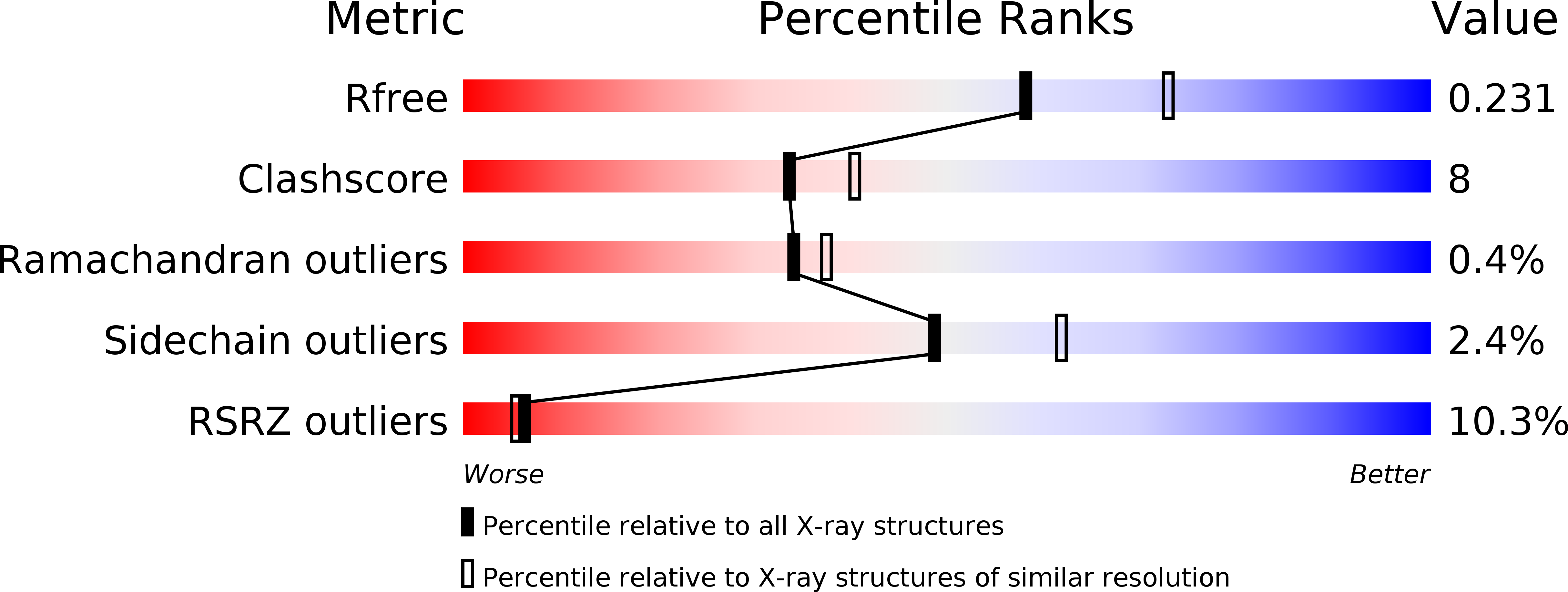
Deposition Date
2017-12-18
Release Date
2018-10-31
Last Version Date
2024-03-27
Entry Detail
PDB ID:
5Z08
Keywords:
Title:
The crystal structure of kinetochore subunits Cenp-H/I/K triple complex
Biological Source:
Source Organism:
Host Organism:
Method Details:
Experimental Method:
Resolution:
2.20 Å
R-Value Free:
0.22
R-Value Work:
0.18
R-Value Observed:
0.18
Space Group:
P 41


